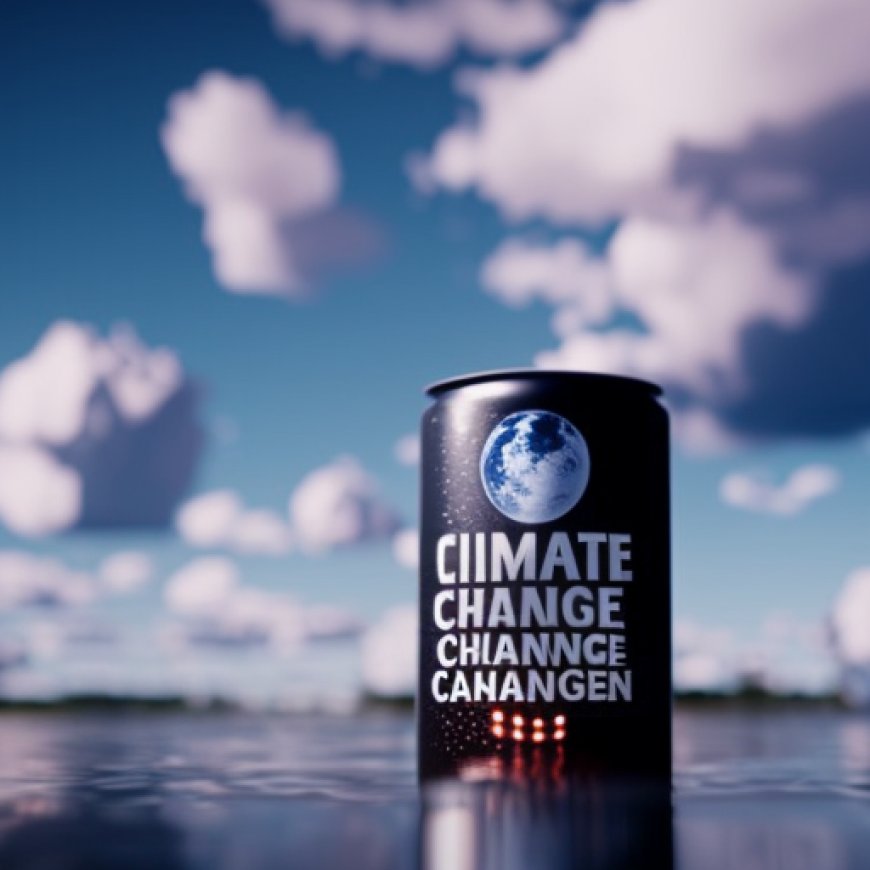Climate Change Fearmongering Isn’t Working Anymore – The Heartland Institute


The Impact of Government-Generated Climate Alarmism on Hurricane Predictions

The old adage that “nothing is certain except death and taxes” ought to be updated for our modern times to: nothing is certain except death, taxes, and government-generated climate alarmism.
Predictions for the 2024 Atlantic Hurricane Season
In late May, the National Oceanic and Atmospheric Administration (NOAA) predicted that the “upcoming Atlantic hurricane season is expected to have above-normal activity due to a confluence of factors, including near-record warm ocean temperatures in the Atlantic Ocean.” Specifically, NOAA is forecasting a range of 17 to 25 total named storms, including 4 to 7 major hurricanes.
NOAA attributes this prediction to “human-caused climate change,” claiming it is responsible for warming the ocean globally, melting ice on land, and causing sea level rise.
Examining the Accuracy of Previous Predictions
It is important to note that NOAA’s previous hurricane season prediction in 2022 turned out to be overblown. The National Hurricane Center reported that while the 2022 Atlantic hurricane season had near normal activity in terms of the number of named storms and hurricanes, it was slightly below average in terms of the number of major hurricanes.
While this does not necessarily mean that NOAA’s 2024 prediction will be inaccurate, it raises questions about the narrative that hurricanes are becoming more frequent and intense due to human-caused climate change.
The Scientific Consensus on Hurricane Activity and Climate Change
Multiple scientific reports and assessments have cast doubt on the claim that anthropogenic climate change is driving an increase in hurricane activity:
- In 2012, the Intergovernmental Panel on Climate Change (IPCC) stated that many weather and climate extremes are the result of natural climate variability, and even without anthropogenic climate change, a wide variety of natural weather and climate extremes would still occur.
- In 2014, the National Climate Assessment concluded that there has been no significant trend in the global number of tropical cyclones or US land-falling hurricanes.
- In 2018, the IPCC reported low confidence in attributing detectable changes in tropical cyclone activity to anthropogenic influences.
- In 2019, a peer-reviewed report in the American Meteorological Society found that the majority of authors had low confidence in attributing observed tropical cyclone changes to anything beyond natural variability.
- In 2020, the World Meteorological Organization acknowledged that any single event, such as a severe tropical cyclone, cannot be solely attributed to human-induced climate change.
These findings suggest that the link between hurricanes and anthropogenic climate change is not as clear-cut as some claim.
The Reality of Hurricane Landfall in the United States
Contrary to the alarmist narrative, data from the past century shows that the number of hurricanes making landfall in the United States has actually declined on a per-decade basis. For example, in the 1850s, before the widespread use of fossil fuels, 20 hurricanes made landfall, including six major storms. In the 1940s, 24 hurricanes made landfall, including 10 major storms. Since then, no decade has seen more than 20 hurricanes making landfall in the United States.
This data contradicts the notion that hurricanes are becoming more frequent and severe due to human activities.
The Motivation Behind Climate Alarmism
Government-affiliated organizations like NOAA continue to engage in public fearmongering about hurricanes and other natural disasters because it serves their self-interest. Climate change has become big business, with the US government planning to spend at least $500 billion over the next decade to combat it. To justify this expenditure, they need to maintain an alarmist narrative and make scary predictions.
However, polls show that Americans are becoming increasingly skeptical of climate change as an existential threat. As a result, alarmists are resorting to desperate measures to maintain their influence.
It is crucial to critically evaluate the claims made by government agencies and consider the scientific consensus on hurricane activity and climate change.
SDGs, Targets, and Indicators Analysis
1. Which SDGs are addressed or connected to the issues highlighted in the article?
- SDG 13: Climate Action
- SDG 16: Peace, Justice, and Strong Institutions
The article discusses the issue of government-generated climate alarmism and the need for fearmongering to justify the existence of certain government-affiliated organizations. This connects to SDG 13, which focuses on climate action and addressing climate change. It also relates to SDG 16, which emphasizes the importance of strong institutions and transparency in governance.
2. What specific targets under those SDGs can be identified based on the article’s content?
- SDG 13.1: Strengthen resilience and adaptive capacity to climate-related hazards and natural disasters
- SDG 16.6: Develop effective, accountable, and transparent institutions at all levels
The article highlights the need for accurate information and transparency regarding climate-related hazards, such as hurricanes. This aligns with SDG 13.1, which aims to strengthen resilience and adaptive capacity to climate-related hazards and natural disasters. Additionally, the article criticizes government-affiliated organizations for engaging in fearmongering, indicating a lack of transparency and accountability. This relates to SDG 16.6, which focuses on developing effective, accountable, and transparent institutions at all levels.
3. Are there any indicators mentioned or implied in the article that can be used to measure progress towards the identified targets?
- Number of accurate predictions made by government-affiliated organizations regarding climate-related hazards
- Level of transparency and accountability in the communication of climate-related information
The article mentions the past predictions made by the National Oceanic and Atmospheric Administration (NOAA) regarding hurricane seasons, indicating the need for accurate predictions as an indicator of progress towards strengthening resilience to climate-related hazards. The article also criticizes the lack of transparency and accountability in the communication of climate-related information by government-affiliated organizations, suggesting the need to measure the level of transparency and accountability as an indicator of progress towards developing effective institutions.
SDGs, Targets, and Indicators Table
| SDGs | Targets | Indicators |
|---|---|---|
| SDG 13: Climate Action | 13.1: Strengthen resilience and adaptive capacity to climate-related hazards and natural disasters | – Number of accurate predictions made by government-affiliated organizations regarding climate-related hazards – Level of transparency and accountability in the communication of climate-related information |
| SDG 16: Peace, Justice, and Strong Institutions | 16.6: Develop effective, accountable, and transparent institutions at all levels | – Number of accurate predictions made by government-affiliated organizations regarding climate-related hazards – Level of transparency and accountability in the communication of climate-related information |
Source: heartland.org








